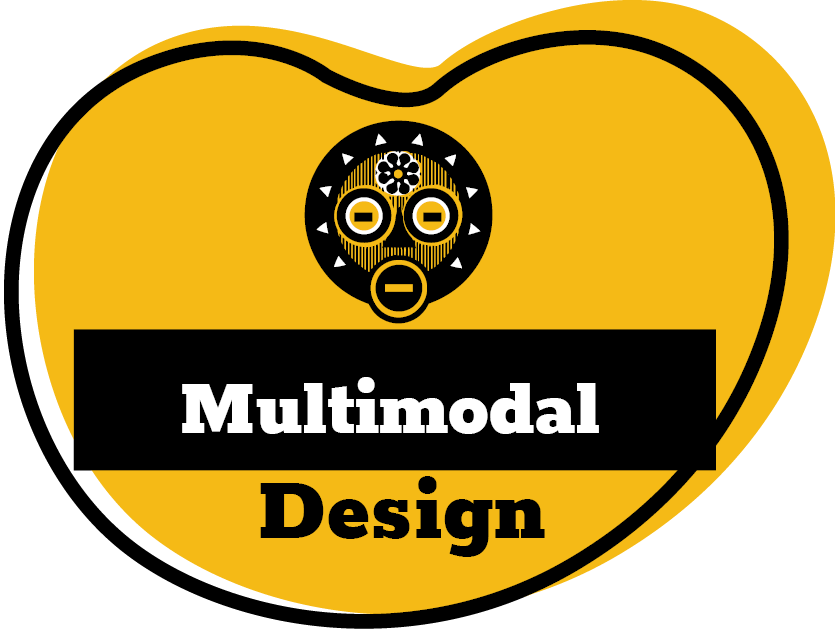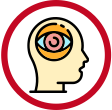
Multimodal Theory: Don’t Play the Butter Notes
This Interactive Educator Learning Module will help you develop a lens for understanding the interconnectedness of content, community, learner, and teacher.
Begin Course
Multimodal Design
This course is the first of a three-course program for a microcredential in Multimodal Design.
Introduction
This course is the second of a three-course program for a microcredential.
- I. Theorizing Other Ways of Knowing
- II. Multimodal Theory: Don’t Play the Butter Notes
- III. Creating Multimodal Texts: Production Stages
Supporting the Success of All Students: Schwab’s Commonplaces helps you, the teacher, recognize that you are a part of the process of learning and teaching, informed by your knowledge, competency, and biases; recognizing that your students are not extensions of you, but cultural beings like you, will help you lay the groundwork for academic achievement of all of your students.
Building Cultural Competency: Understanding Schwab’s Commonplaces will help you see the ways in which contexts, communities, and identities (the milieu) play into what happens in the classroom, motivating a process of further inquiry by you, the teacher, into the cultural ways and lives of your students, and to help you make decisions about materials and curriculum. (Part Two)
Raising Critical Consciousness: Schwab’s commonplaces draws attention to the fact that aspects of the educational system weighs heavier than others, that standards and test scores outweigh individual students, their cultures, and their communities, necessitating an intentional effort to break down these systems.
Learning Outcomes
After completing the modules, you will be able to:
- Understand that it is common human behavior to group people we encounter across difference into categories, however, sometimes these categories become “single stories” that provide an incomplete and simplistic understanding of the identities of others.
- Develop a working definition of “otherness.”
- Recognize how single stories can lead to rendering others invisible.
- Assess the use of the “multiple stories” in a teaching situation.
- Understand what ways do “single stories” impact our own identities, and determine how we socially construct narratives around others
Module Topics Include
- Supporting the Success of All Students
- Building Cultural Competency
- Raising Critical Consciousness
Trajectory

Actualized
Throughlines

Empowering Families and Communities

Intentional Use of Technology
Standards

Social Justice
